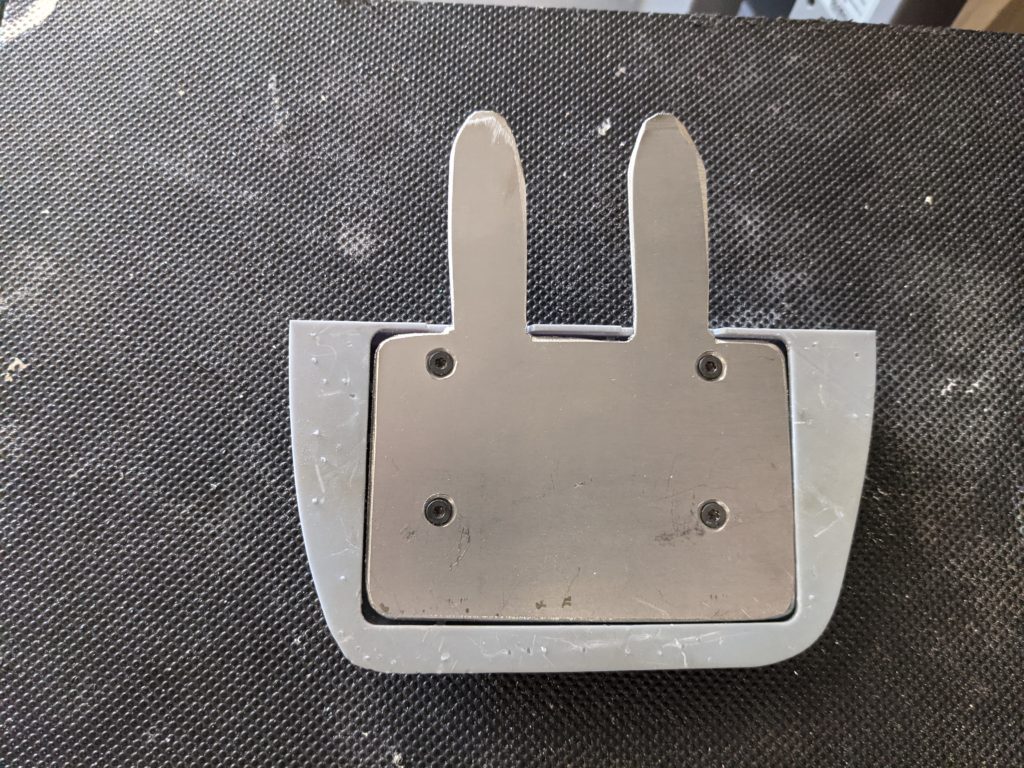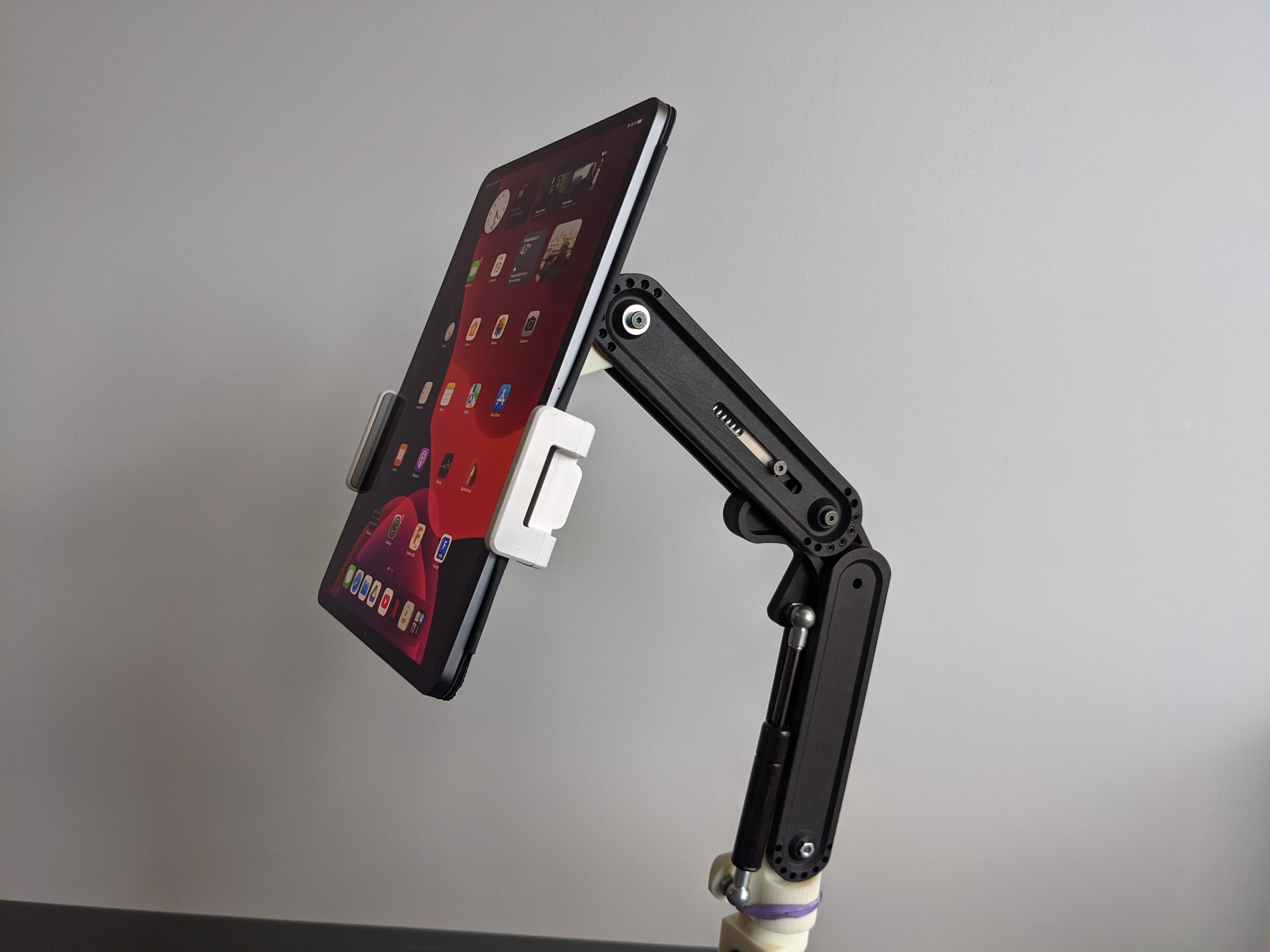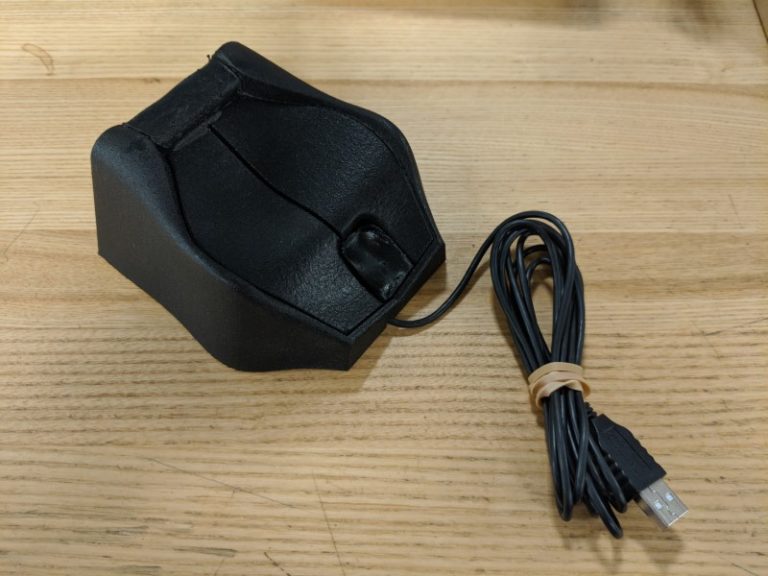The Philadelphia Water Department is undertaking a study of the distribution of heat islands in the city and the impact that greenery has in reducing the effects of the thermal mass of concrete and asphalt.
How Might We inconspicuously measure the heat and humidity surrounding parks and greenspaces and gauge how far the heat reduction carries?
In initial trials, the PWD placed sensors around the city and they were quickly stolen or vandalized. They reached out to Jefferson for some ideas.

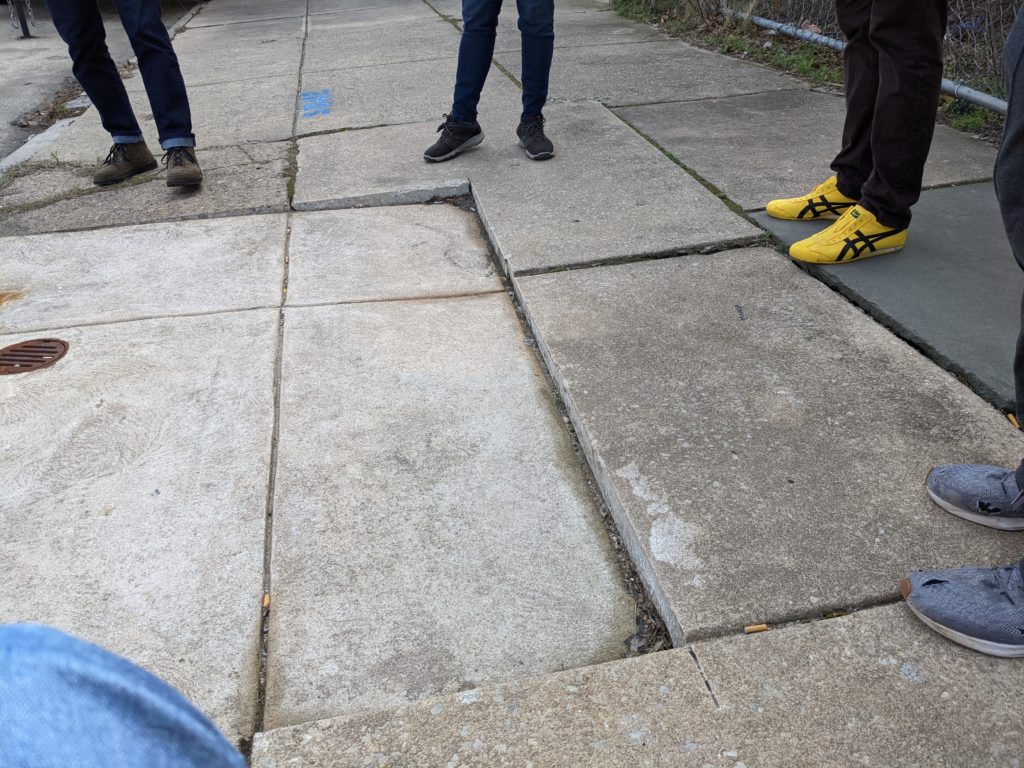
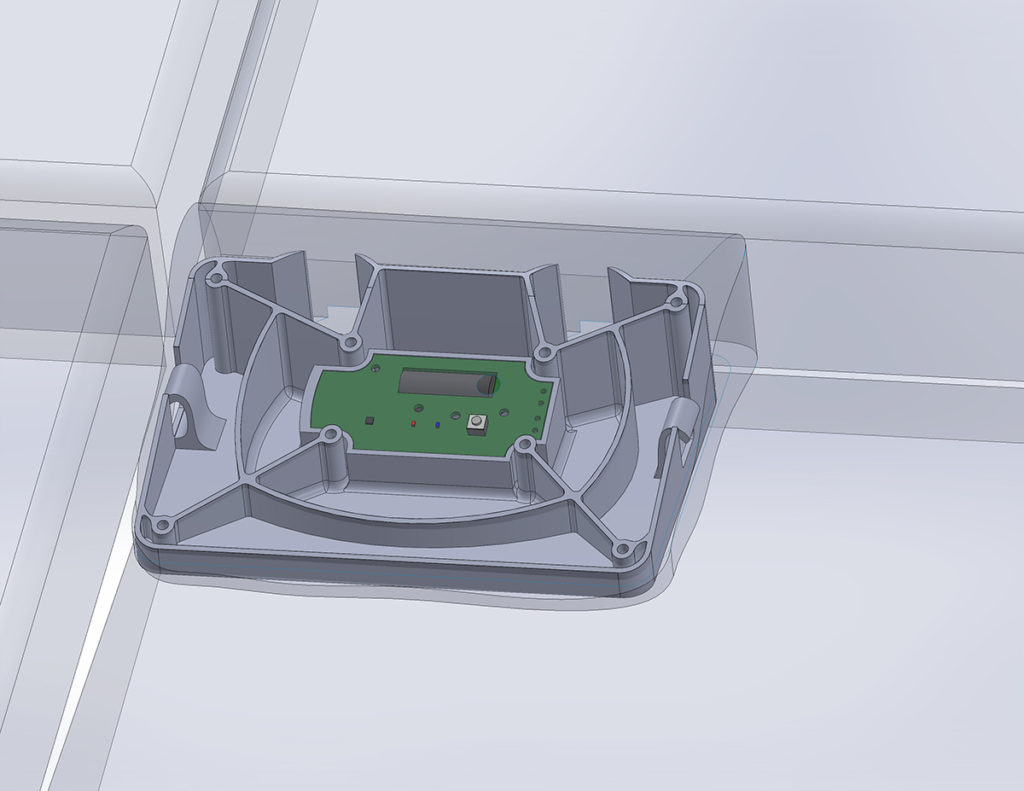
I worked on one of the ideas we offered PWD – an inconspicuous wedge that might be inserted between gaps in pavement or near a curb. This presented multiple challenges, as it would have to withstand the weight of a person stepping on it and look like nothing you would want to steal.

Using an epoxy from Smooth-On I hoped to replicate the texture of Concrete and create a surface that didn’t stand out in most city environments
Top and side view
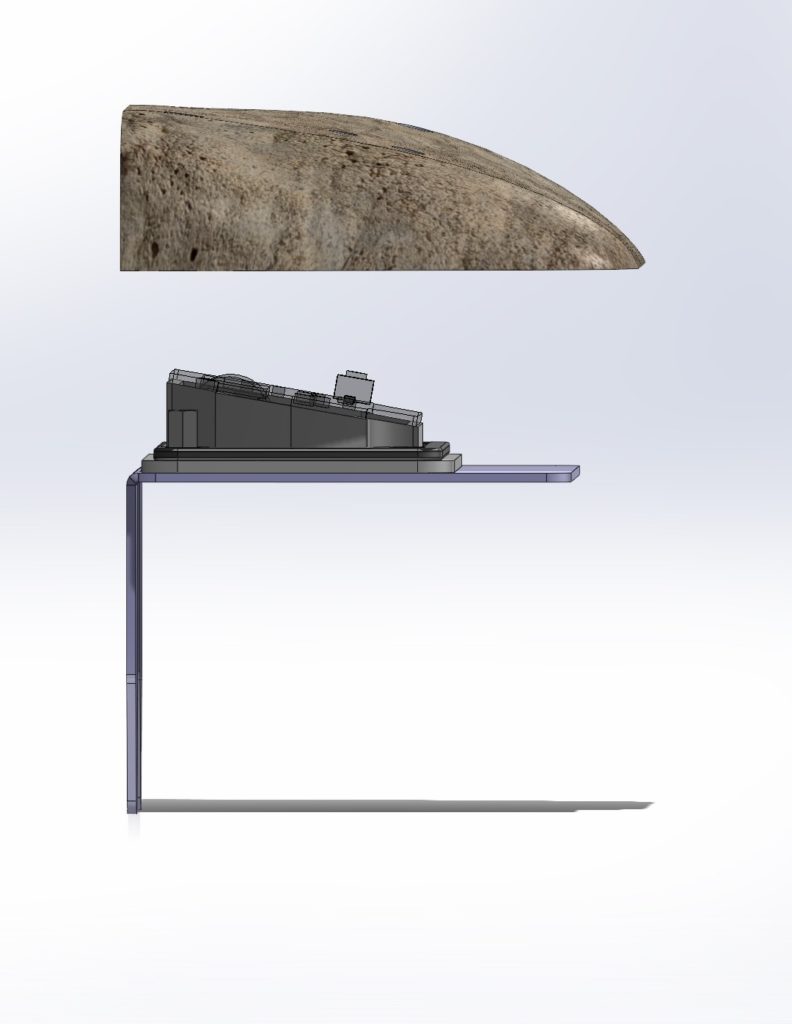

Ribbing to increase strength for sidewalk implementation
Offsets provide threads for M4 screws to compress the gasket and seal the sensor
A stainless steel plate was cut to provide a securement feature that can be driven into the ground or driven between bricks or concrete joints
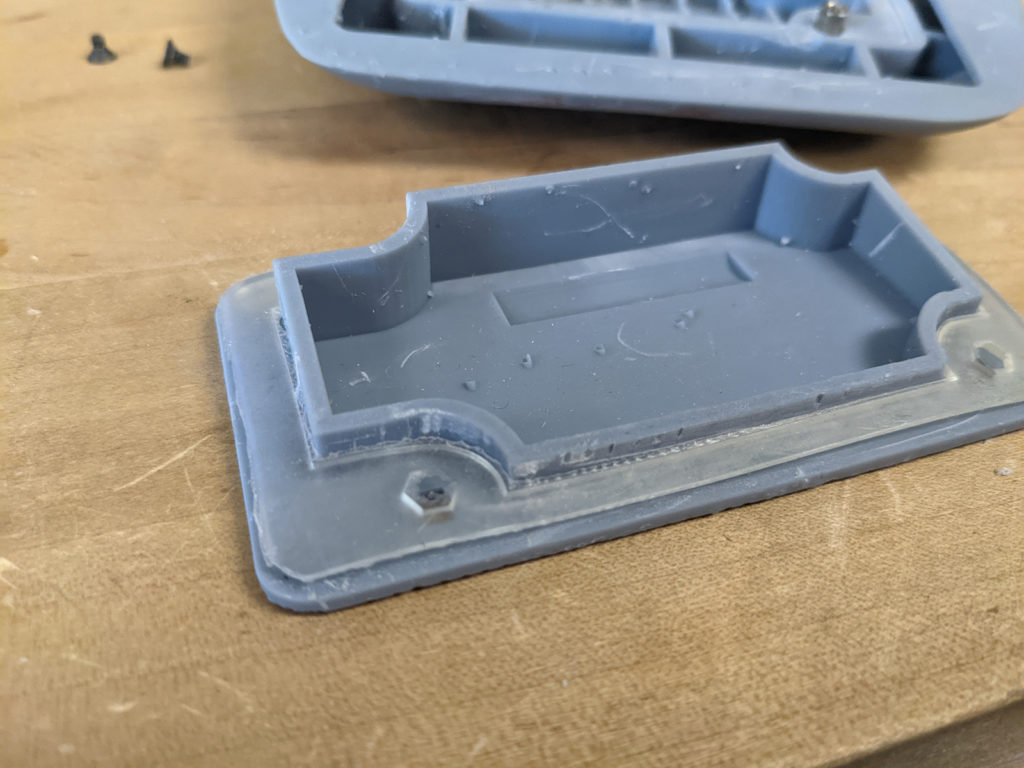

Assembled housing before application of surfacing
Top
Assembled housing before surfacing and painting
Bottom
